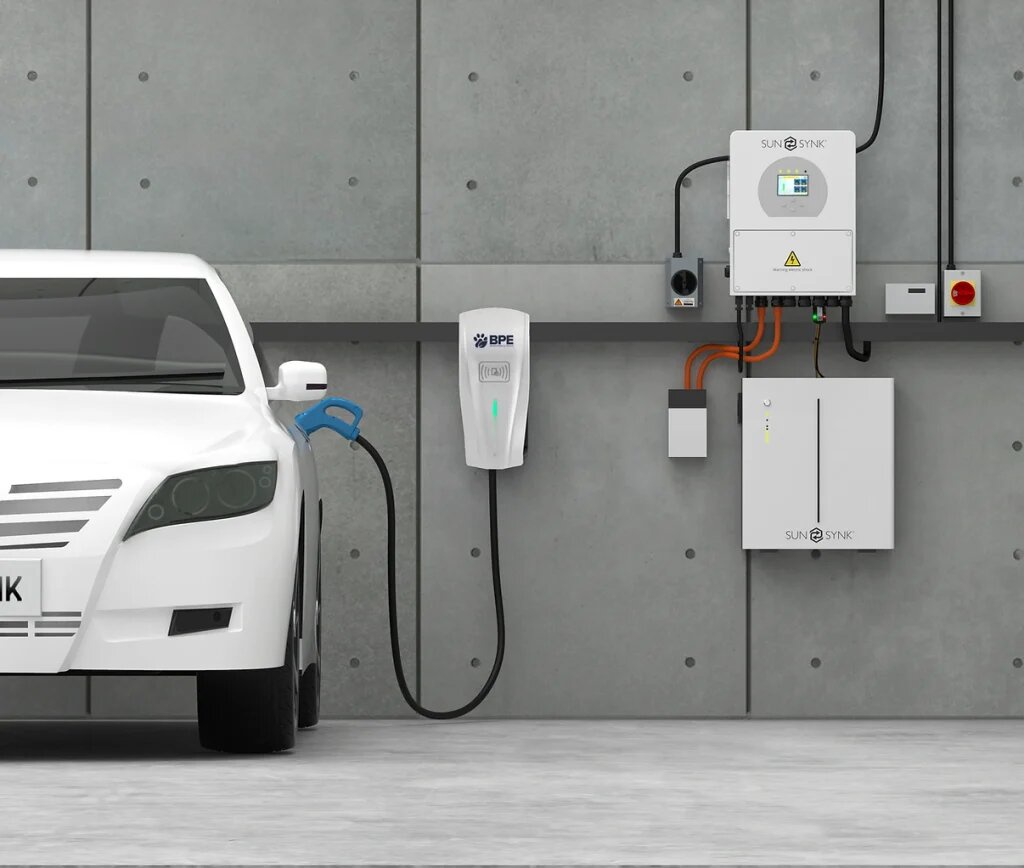Solar energy has become a focal point in the quest for sustainable living. As individuals seek ways to reduce their carbon footprint and energy bills, DIY solar panels have emerged as a feasible solution. In this article, we'll delve into the world of DIY solar panels, exploring the benefits, necessary tools, installation process, and more.
Introduction to DIY Solar Panels
In recent years, the interest in renewable energy has soared. People are increasingly exploring alternative energy sources, and DIY solar panels offer an accessible entry point into the world of clean and green energy. The allure lies not only in reducing electricity costs but also in actively contributing to environmental conservation.
Benefits of DIY Solar Panels
Cost Savings
One of the primary advantages of opting for a DIY approach is the significant cost savings. Professional installation can be expensive, but DIY enthusiasts can cut down on labor costs, making solar energy more affordable.
Customization Options
DIY solar panels allow for customization based on individual energy needs. Whether you're looking to power a small cabin or a large home, tailoring the system to your specific requirements is a key benefit.
Environmental Impact
Beyond the financial gains, the environmental impact is substantial. Harnessing solar energy reduces dependence on traditional power sources, diminishing the overall carbon footprint.
Getting Started: Necessary Tools and Materials
Embarking on a DIY solar panel project requires careful planning and the right tools. Before you begin, ensure you have the following:
- Solar panels
- Inverters
- Batteries
- Mounting brackets
- Wiring and connectors
- Screwdriver, drill, and other basic tools
Understanding the role of each item is crucial for a smooth installation process.
Understanding Solar Energy Basics
To make informed decisions during your DIY project, it's essential to comprehend the basics of solar energy. Solar panels work by converting sunlight into electricity through photovoltaic cells. DIY enthusiasts can choose from various panel types, including monocrystalline, polycrystalline, and thin-film.
Assessing Your Energy Needs
Determining your energy needs is a crucial step in the DIY solar panel journey. Conducting an energy audit helps calculate your consumption and decide on the appropriate panel size. This personalized approach ensures optimal energy production to meet your specific requirements.
Planning Your DIY Solar Panel System
Efficient design is key to a successful solar panel system. Consider factors like roof orientation, shading, and local weather conditions. A well-thought-out plan maximizes energy production and ensures a durable installation.
Step-by-Step Installation Guide
1. Roof Preparation
Before installation, inspect and prepare the roof. Ensure it can support the weight of the solar panels and is free from any debris or obstacles.
2. Mounting Solar Panels
Secure the mounting brackets to the roof and attach the solar panels. Follow the manufacturer's instructions for the correct placement and spacing.
3. Wiring and Connection
Connect the solar panels to the inverters and batteries using appropriate wiring and connectors. Ensure all connections are secure to prevent power loss.
Safety Measures During Installation
Safety should be the top priority during a DIY solar panel project. Always follow safety guidelines, use protective gear, and take precautions when working with electricity. Prioritize your well-being to enjoy the benefits of solar energy without any mishaps.
Troubleshooting Common Issues
Despite careful planning, challenges may arise during installation. Be prepared to troubleshoot common issues such as wiring problems, shading, or equipment malfunctions. Knowing how to address these challenges ensures a successful project.
Maintenance Tips for Longevity
To prolong the lifespan of your DIY solar panel system, regular maintenance is essential. Clean the panels periodically, inspect for any damage, and replace faulty components promptly. A well-maintained system guarantees optimal performance over the years.
Financial Incentives and Rebates
Governments and local authorities often offer incentives for adopting solar energy. Research available rebates and tax credits to maximize your savings. These financial benefits make DIY solar panels an even more attractive investment.
Success Stories and Testimonials
Real-life success stories inspire and motivate. Explore examples of individuals who have successfully implemented DIY solar panel projects. Their experiences offer valuable insights and encouragement for those considering a similar path.


No comments yet